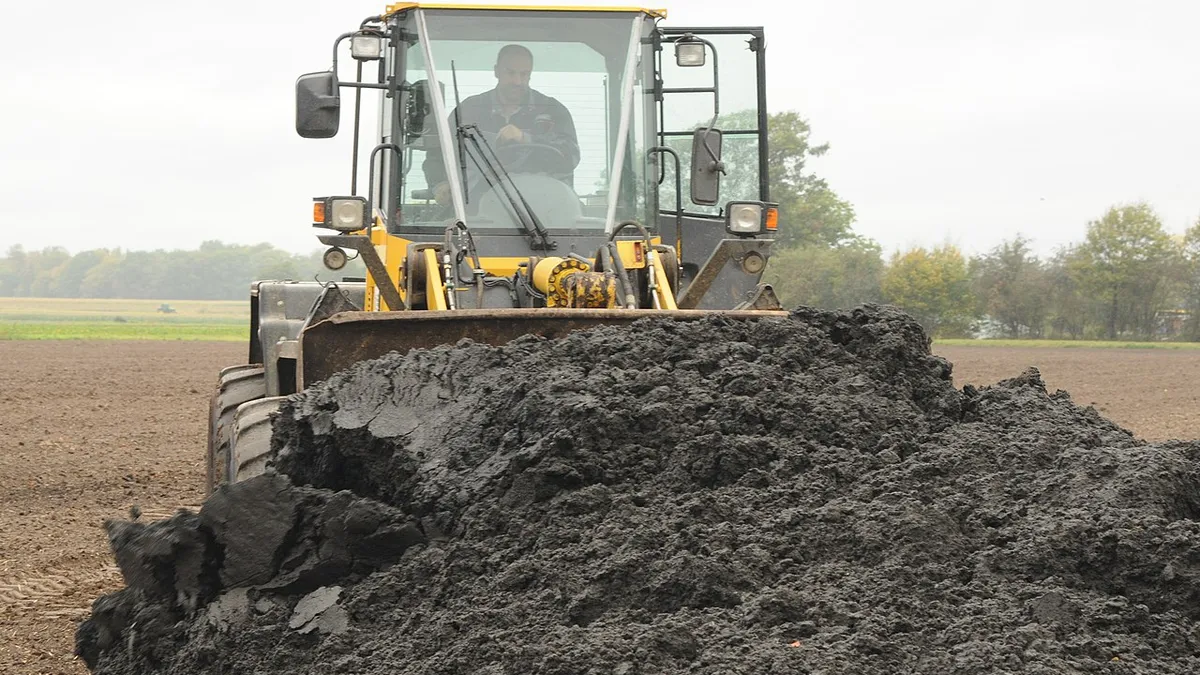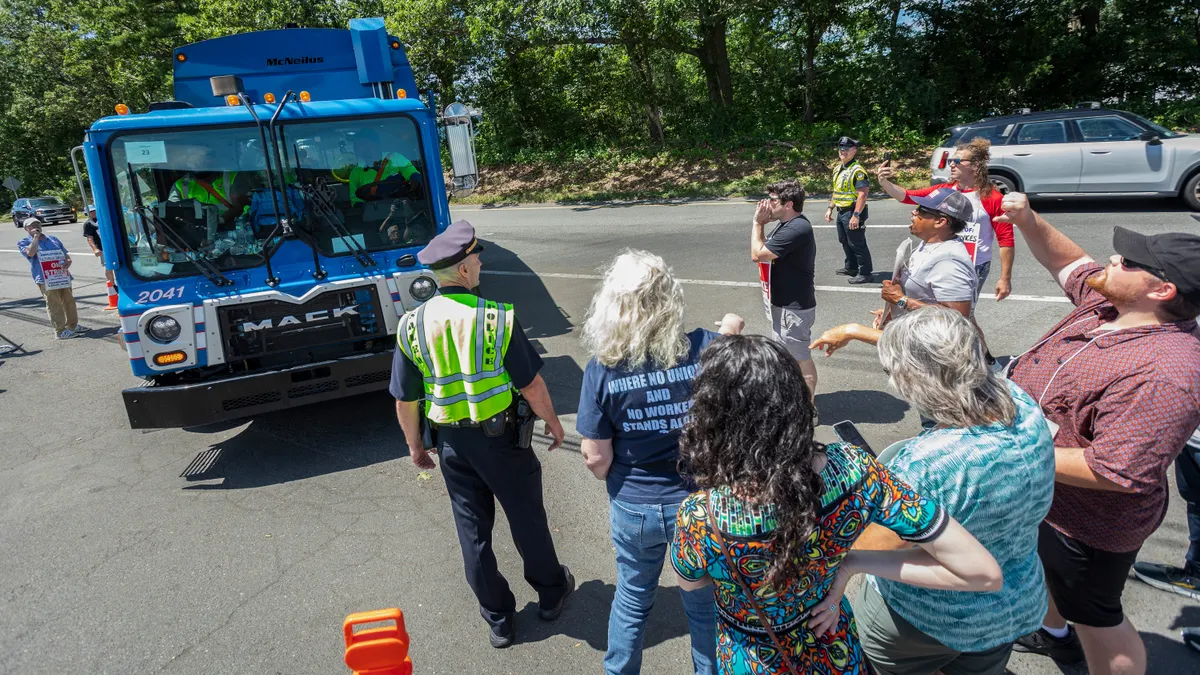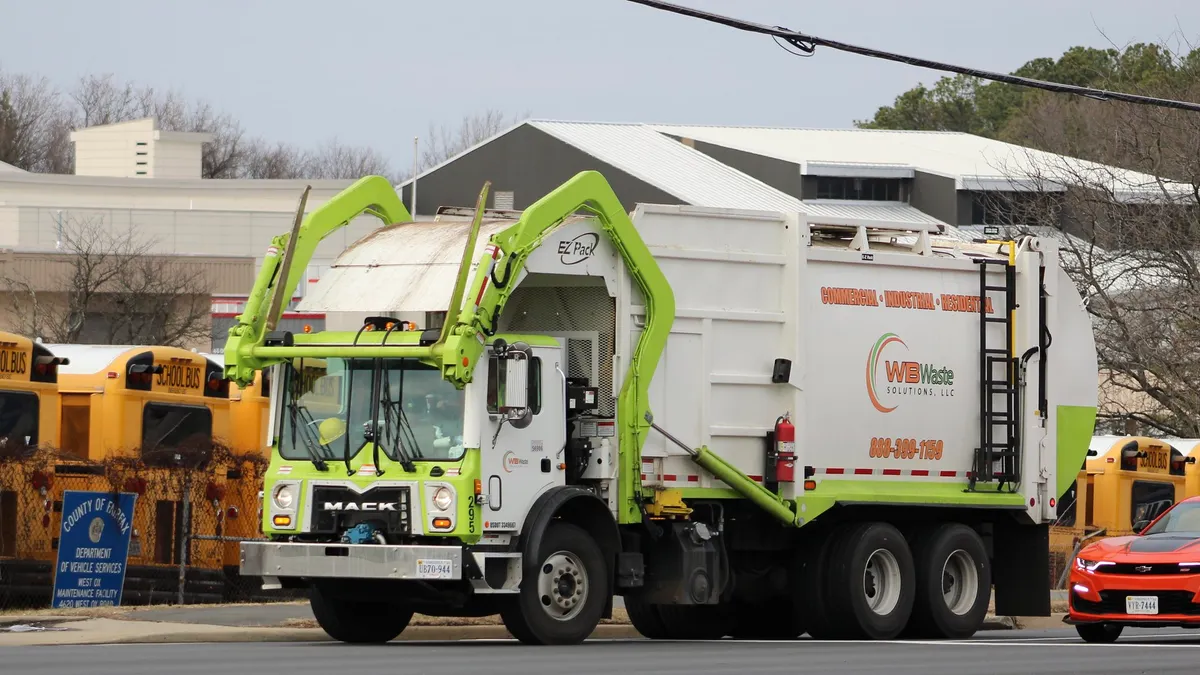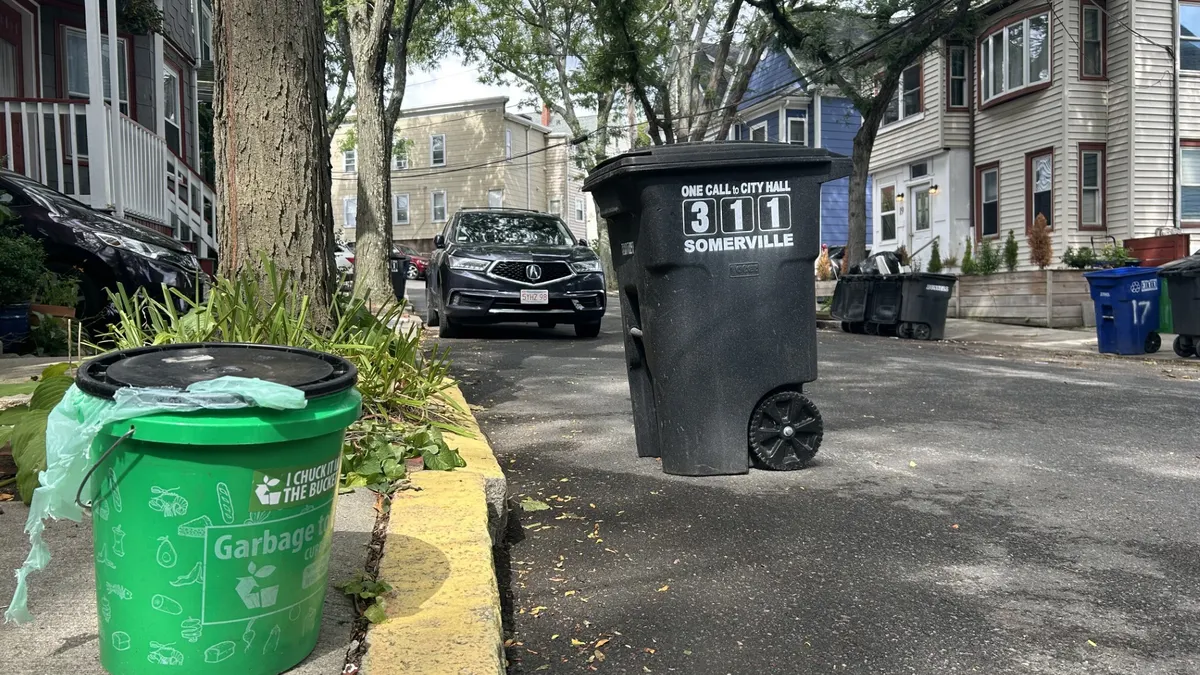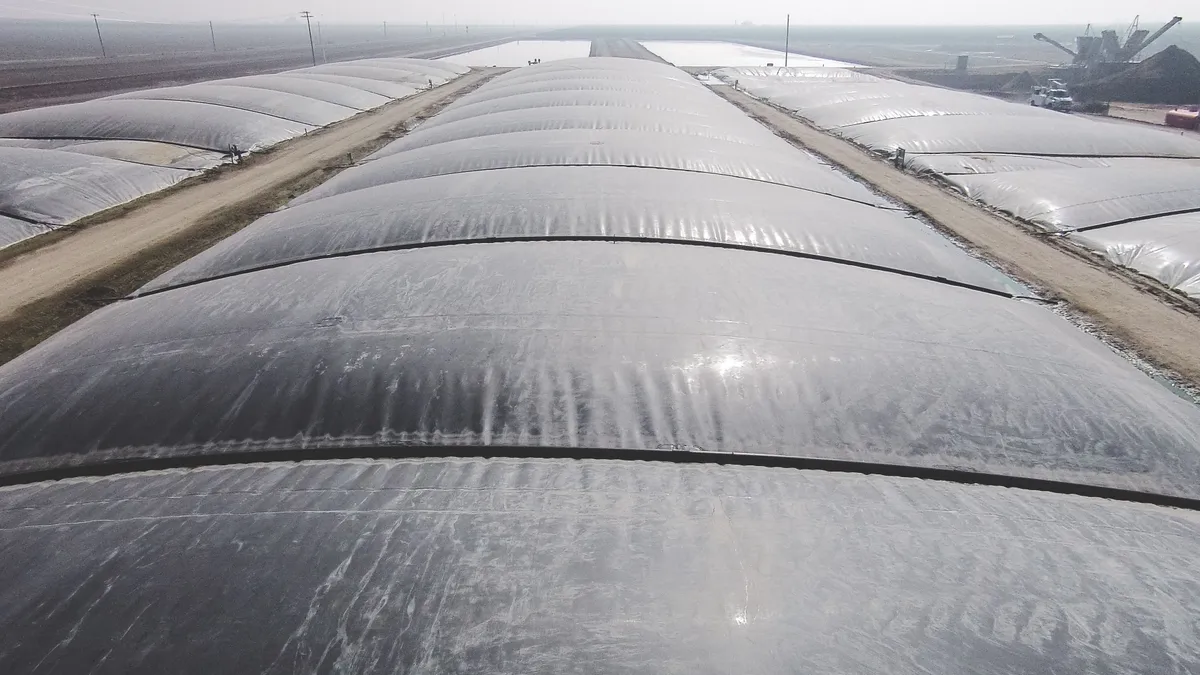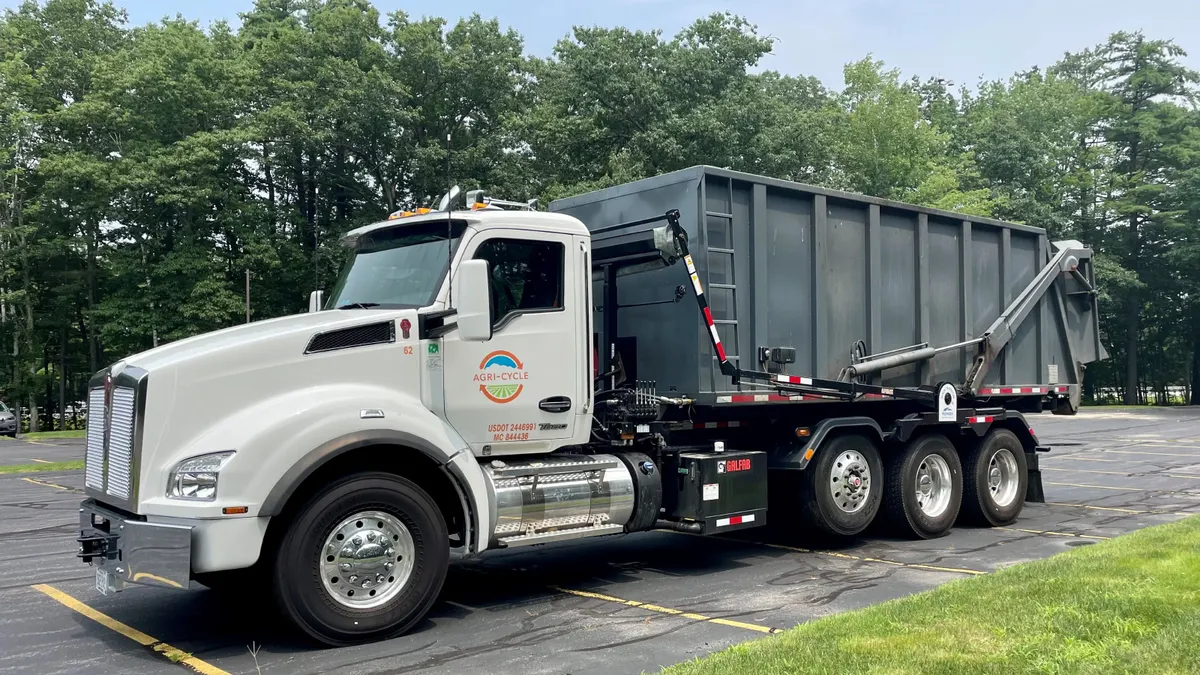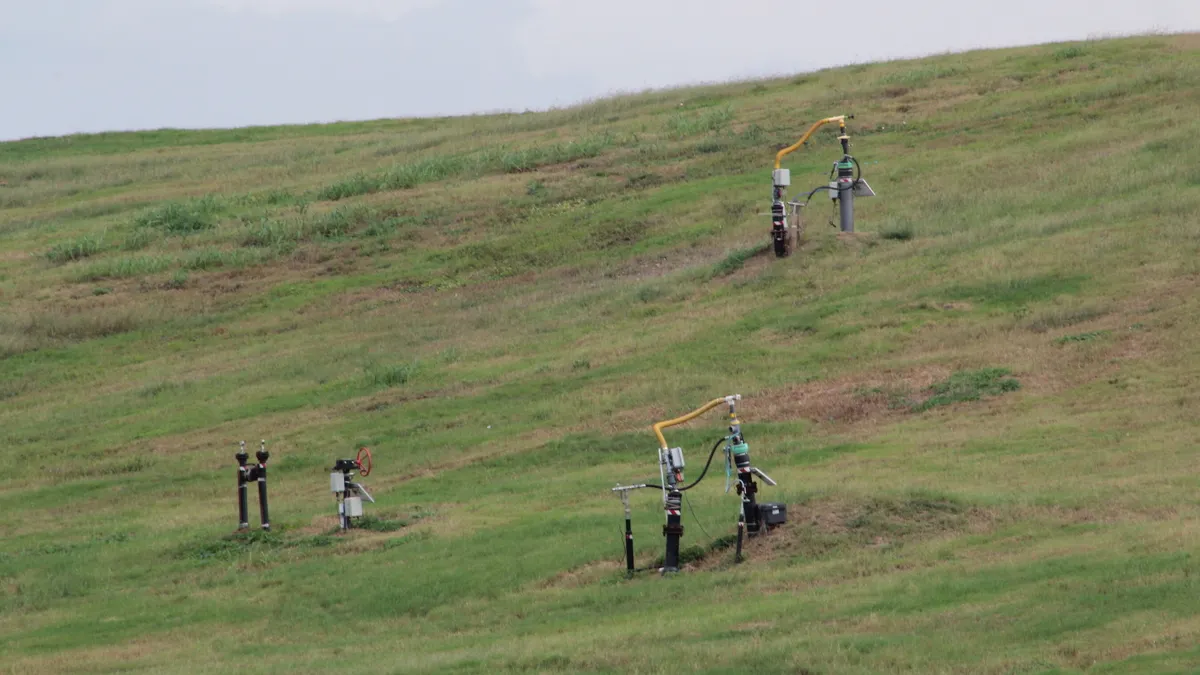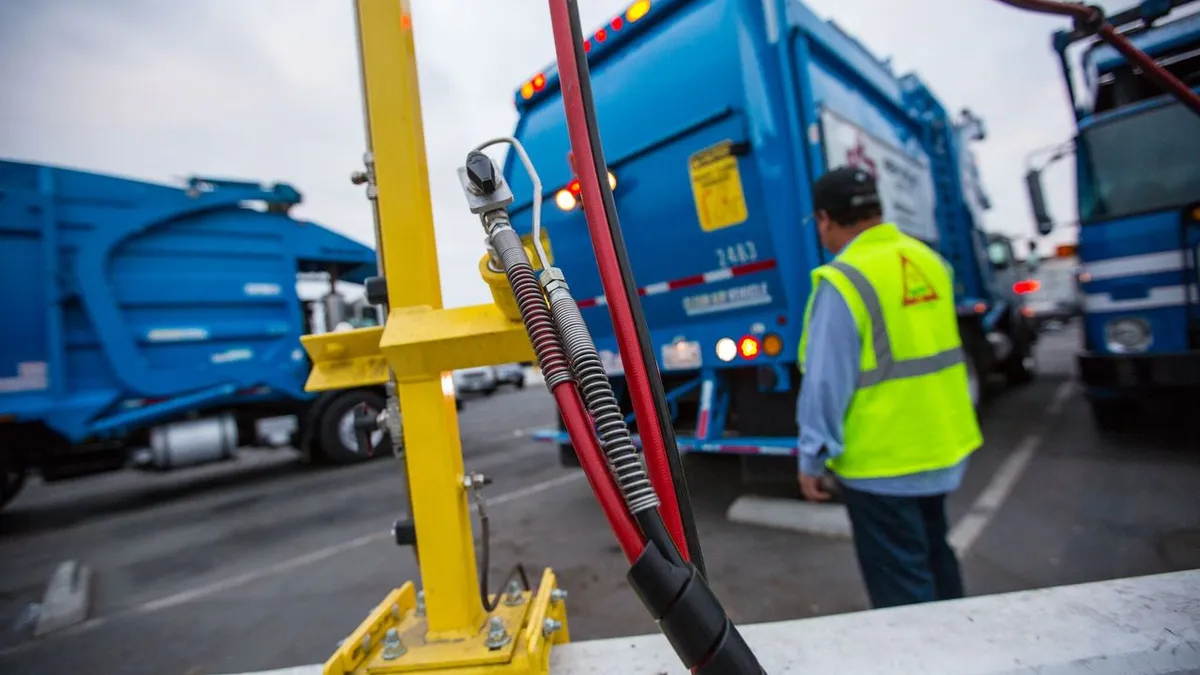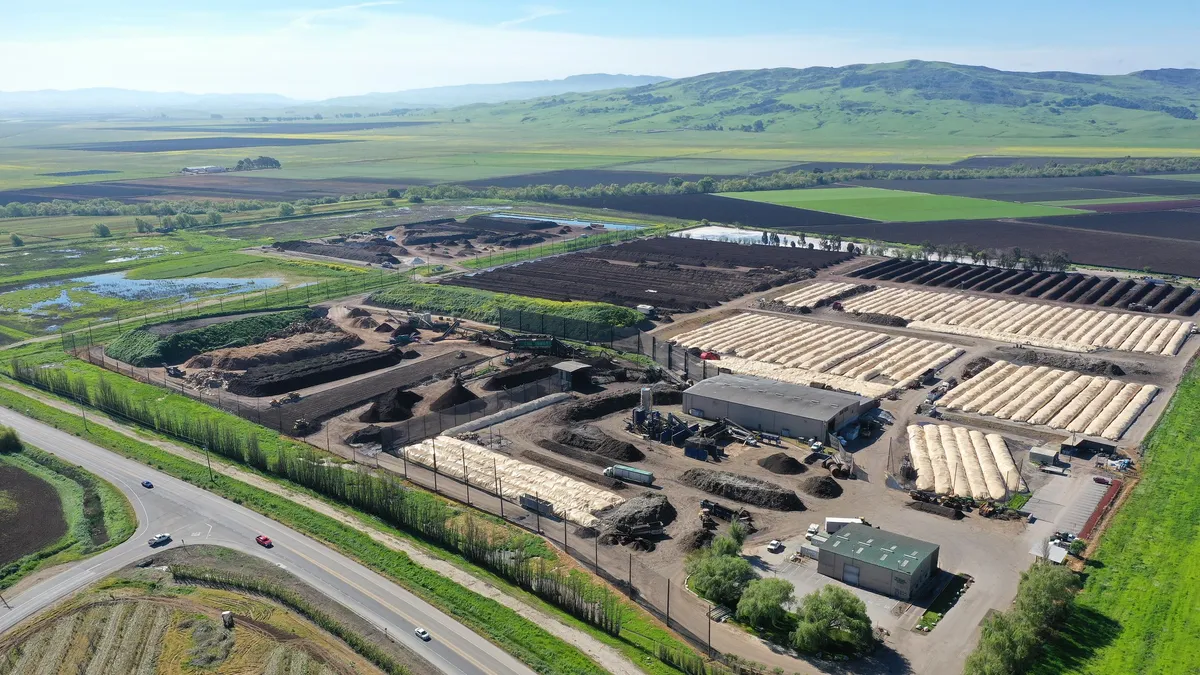The U.S. EPA warns that two kinds of PFAS chemicals can harm human health when found in biosolids at concentrations as low as 1 part per billion after the material has been disposed of or used as fertilizer. The agency determined the chemicals could leach from the material, commonly known as sewage sludge, whether it’s land applied, disposed of in a landfill or incinerated.
The EPA released its draft risk assessment Tuesday. It’s the first comprehensive look performed by the agency at contamination from PFOA and PFOS, two forms of perfluoroalkyl substances, in biosolids.
The acknowledgment comes after years of concern from farmers and state regulators, who have been raising alarms about land application despite its reputation as an effective means of organics recycling.
“They’ve known about PFAS in sludge for well over a decade and their impacts on drinking water, so this report is a long time coming,” Jared Hayes, senior policy analyst at the Environmental Working Group, said. “This report helps confirm the things that we knew.”
The EPA’s draft risk assessment is not an enforceable document, but could guide future actions. It recommends a focus on sources of PFAS chemicals that are upstream of wastewater treatment plants in order to remove treatment at the source.
The agency noted that it plans to set “technology-based limits” on wastewater discharges from industrial sources upstream of wastewater treatment plants, including landfills, under the Effluent Limitations Guidelines program. The agency has been studying PFAS in landfill leachate for several years, and announced in 2023 that new guidelines are “warranted.”
President Joe Biden’s administration created a PFAS Strategic Roadmap in 2021 to guide agency actions on the chemicals. The most aggressive actions have centered around PFOA and PFOS, two chemicals which manufacturers phased out of production years ago but remain persistent in the environment.
“EPA under President Biden’s leadership has taken unprecedented actions to advance research and science on PFAS and to protect people from these dangerous forever chemicals,” EPA Acting Administrator Jane Nishida said in a statement. “This draft assessment provides important information to help inform future actions by federal and state agencies as well as steps that wastewater systems, farmers and other stakeholders can take to protect people from PFAS exposure.”
While the EPA reported that any disposal method of biosolids could allow the chemicals to leach, it focused on land application for its assessment in part due to the practice’s proximity to food and water supply. It also noted that disposal of biosolids in landfills is regulated separately, under the Resource Conservation and Recovery Act, and noted a lack of available research on PFOA and PFOS destruction during incineration.
The assessment finds that "there can be human health risks exceeding EPA’s acceptable thresholds, sometimes by several orders of magnitude," from living near sites that have land applied contaminated biosolids or from using groundwater or products impacted by such a site. The agency added it does not believe the general food supply is impacted by PFAS from land-applied biosolids.
Those findings will present a challenge for farmers who have chosen to land apply biosolids as a cheap and effective method of fertilizing their farms. The practice has also been encouraged by the EPA for decades as a form of beneficial reuse.
PFAS contamination can also be persistent, impacting sites where biosolids were applied long after the practice is halted. For instance, a Maine organic farm was found to be contaminated — despite land application not being allowed for farms to achieve organic certification — because the site's prior owner had spread contaminated biosolids, according to the Maine Organic Farmers and Gardeners Association.
The organization is suing the EPA for failing to regulate PFAS in biosolids in federal court. The EPA’s lawyers have argued, in turn, that the agency has no obligation to do so.
Farmers in multiple states have also sued manufacturers for the contamination. In Johnson County, Texas, a farmer is suing Synagro over contamination allegedly stemming from the company’s biosolid-based fertilizer.
While federal regulators have yet to set enforceable limits on PFAS in biosolids, state lawmakers and regulatory agencies are increasingly taking action on their own.
Two states, Maine and New Hampshire, have adopted legislation addressing PFAS contamination in sewage sludge. Lawmakers in Texas, Oklahoma and Washington have introduced legislation for their current sessions that would regulate such contamination. In other states, like Michigan and Maryland, regulators have taken the lead on testing for or setting limits on PFAS contamination in sewage sludge.
The draft risk assessment is available for public comment for 60 days, after which EPA will respond and release a final risk assessment.



